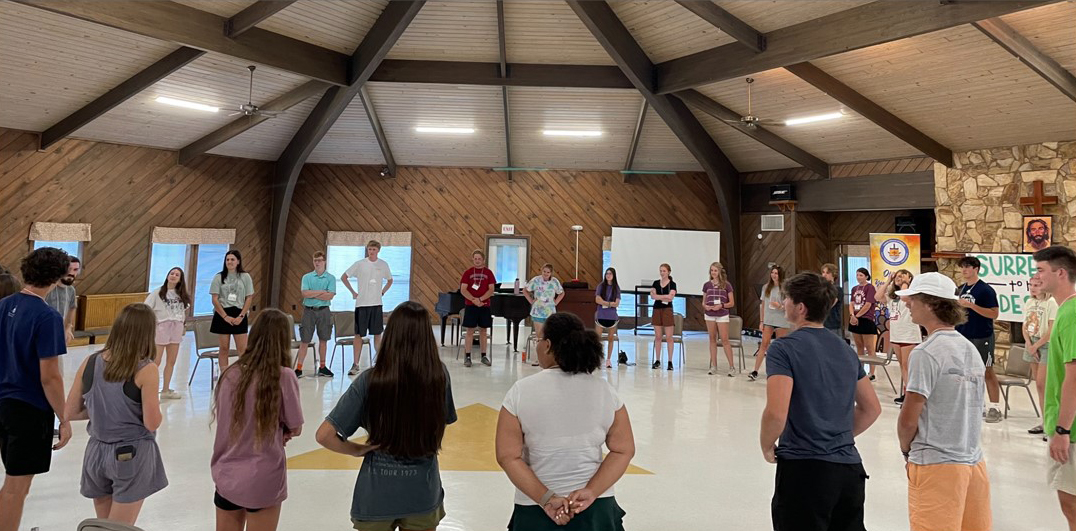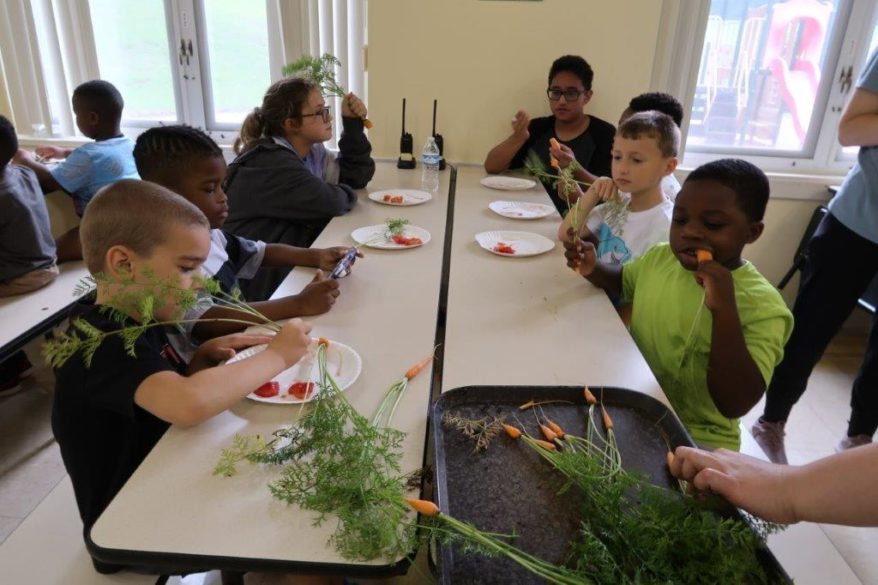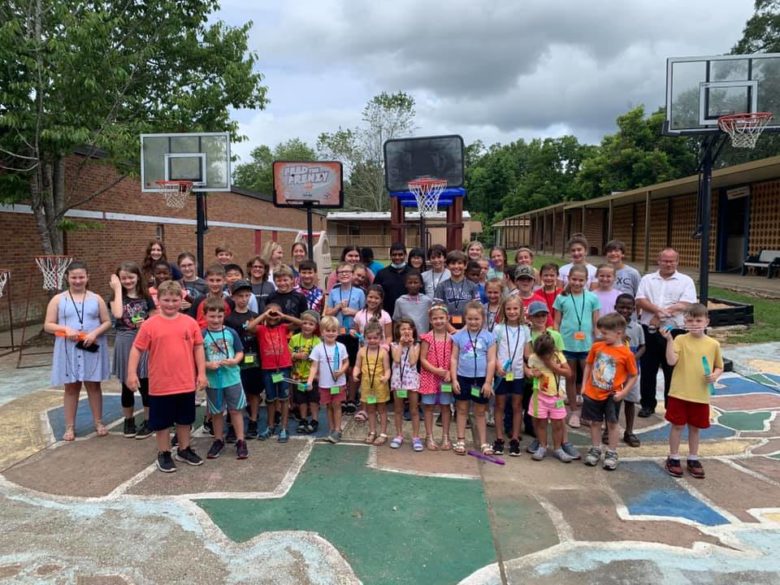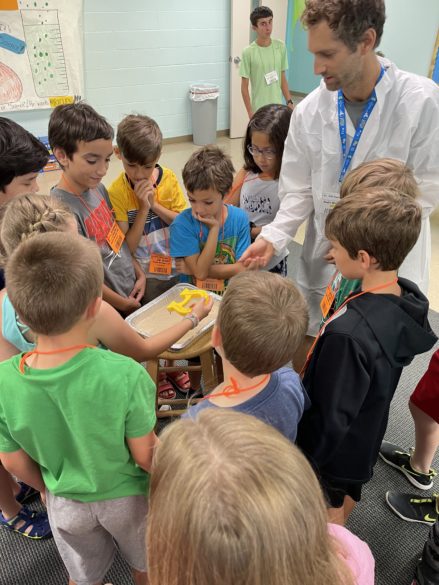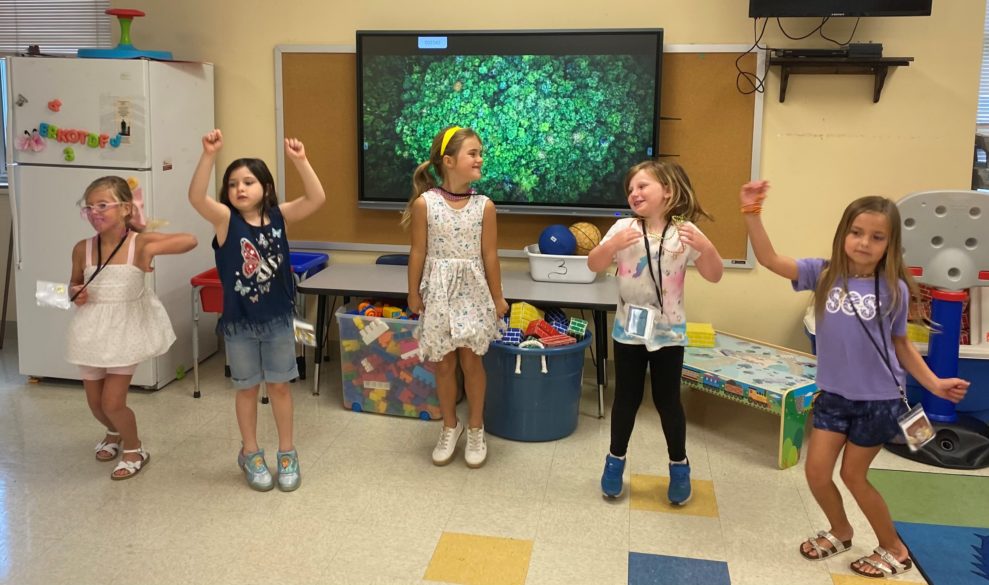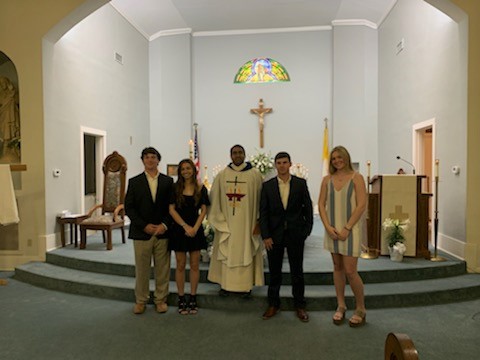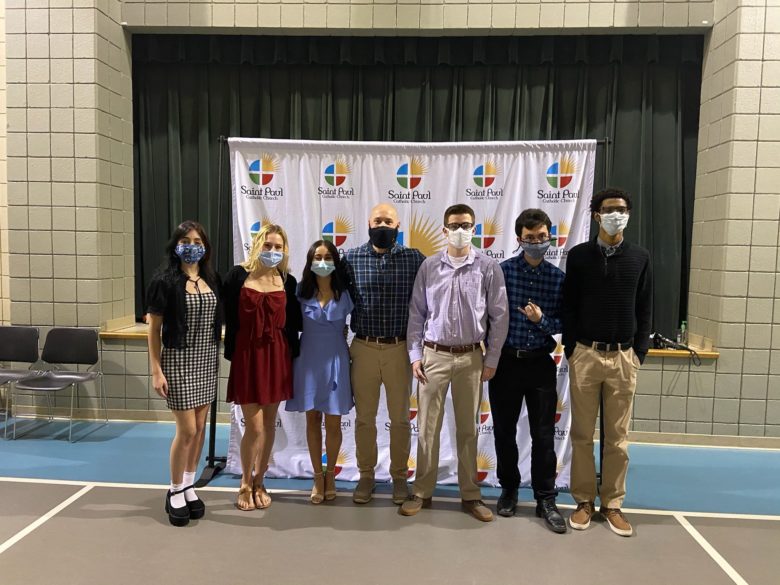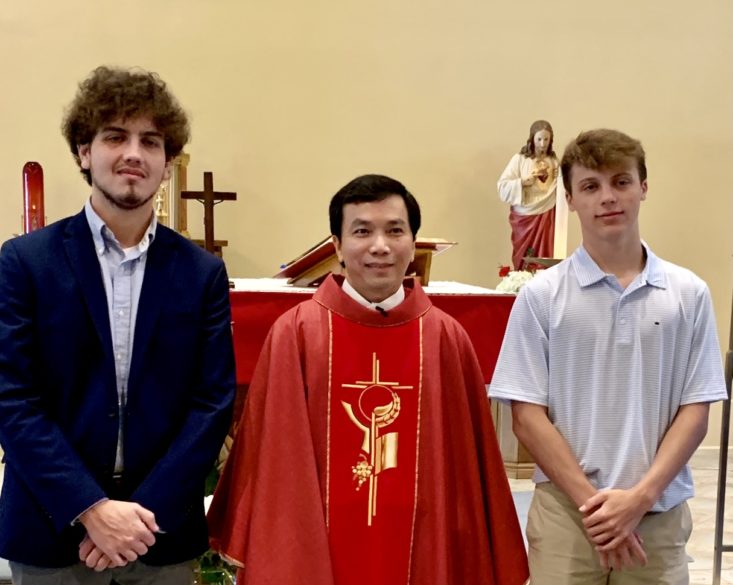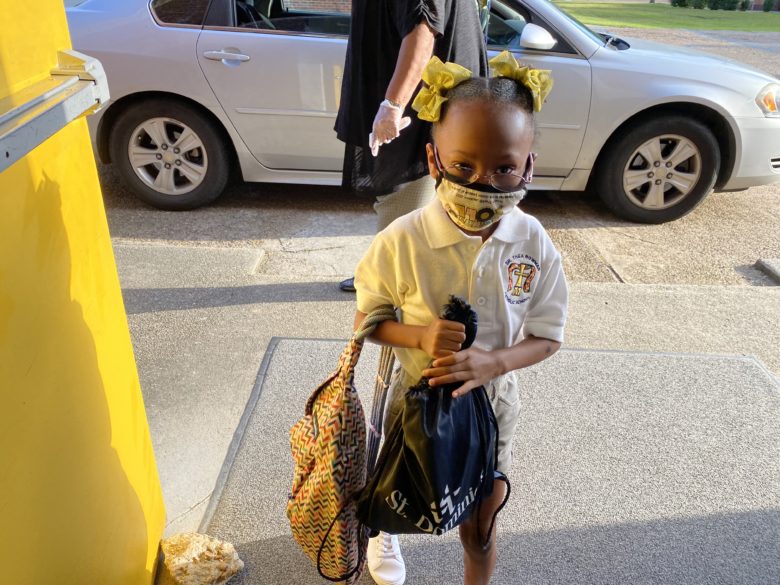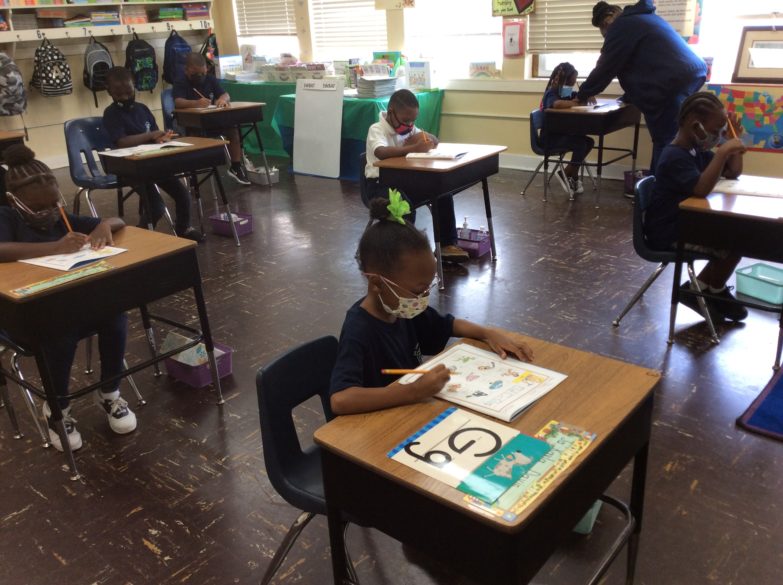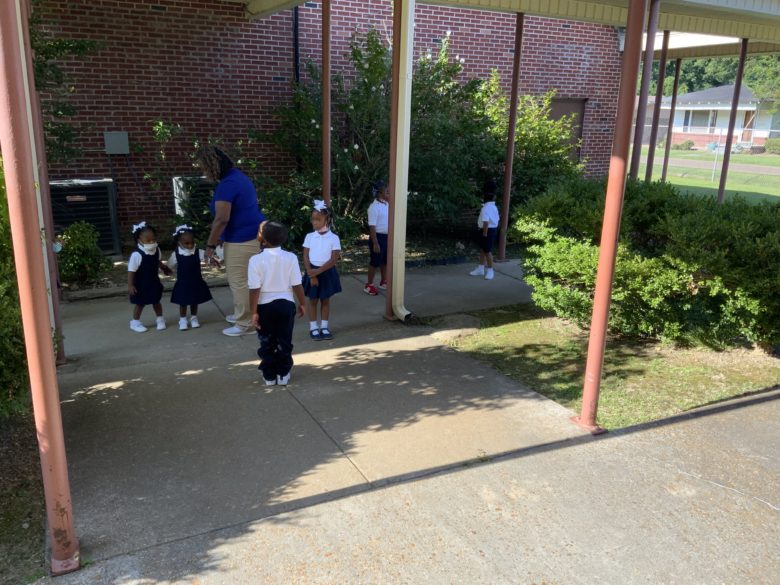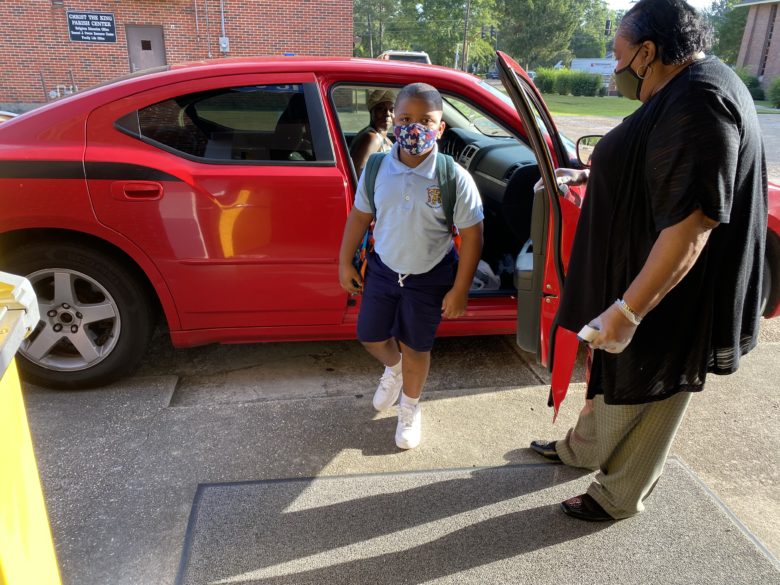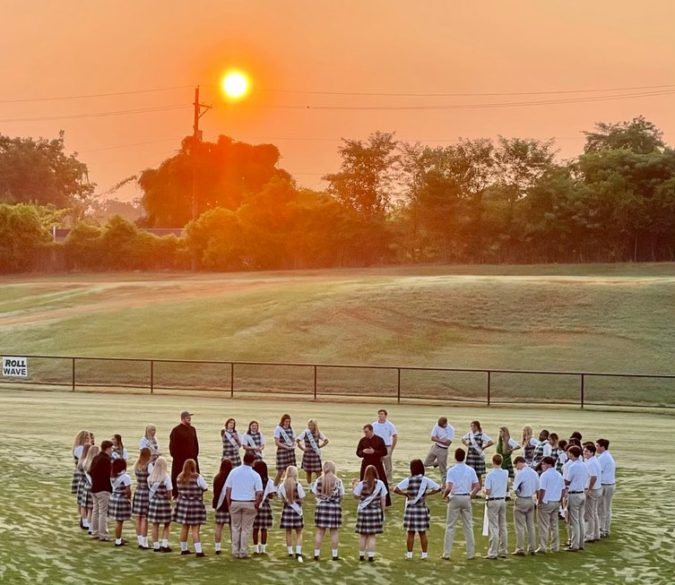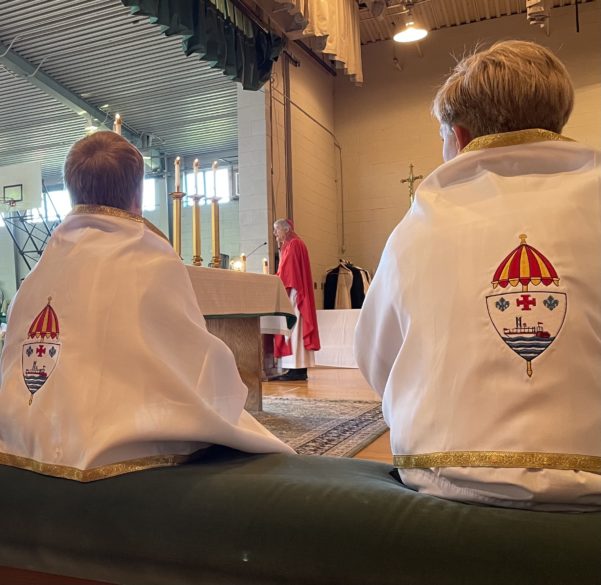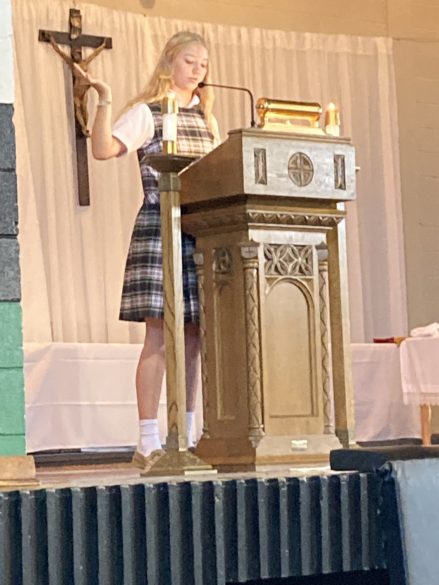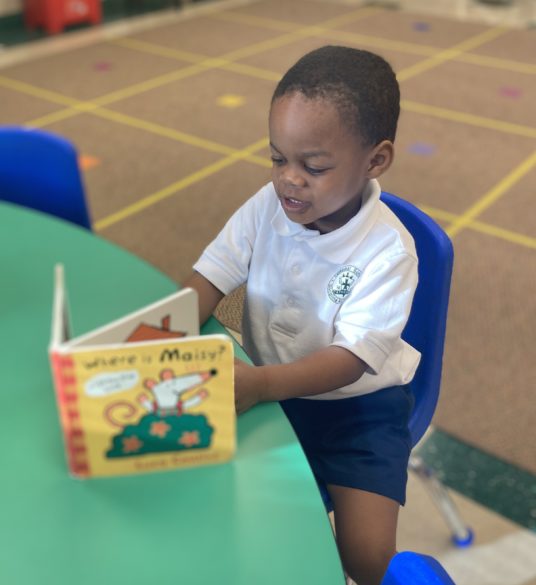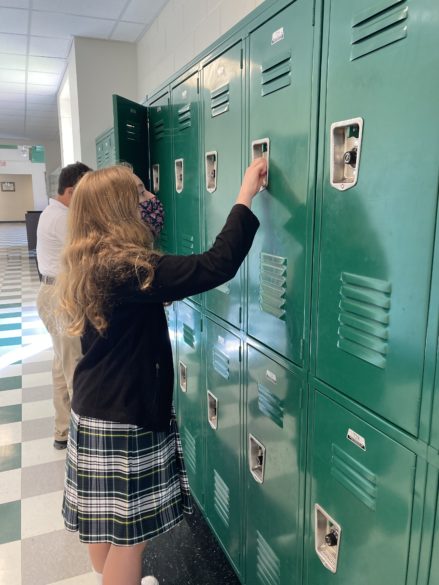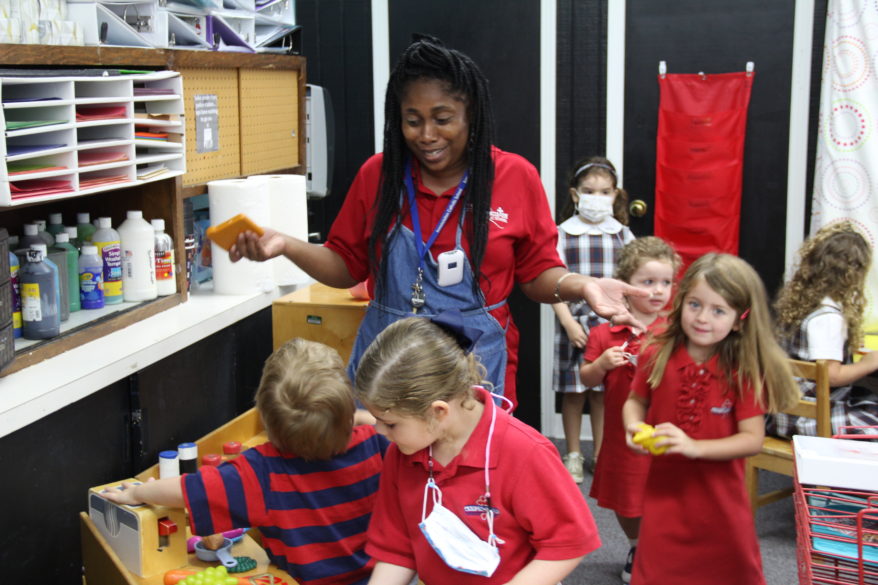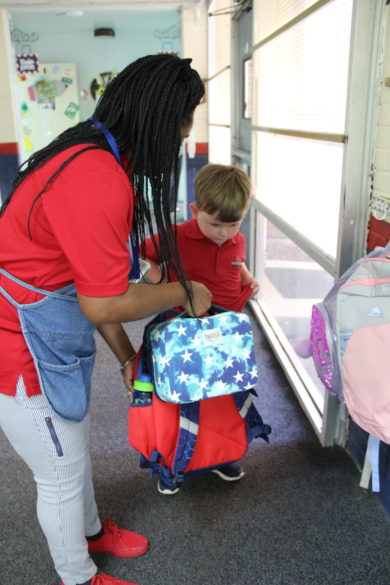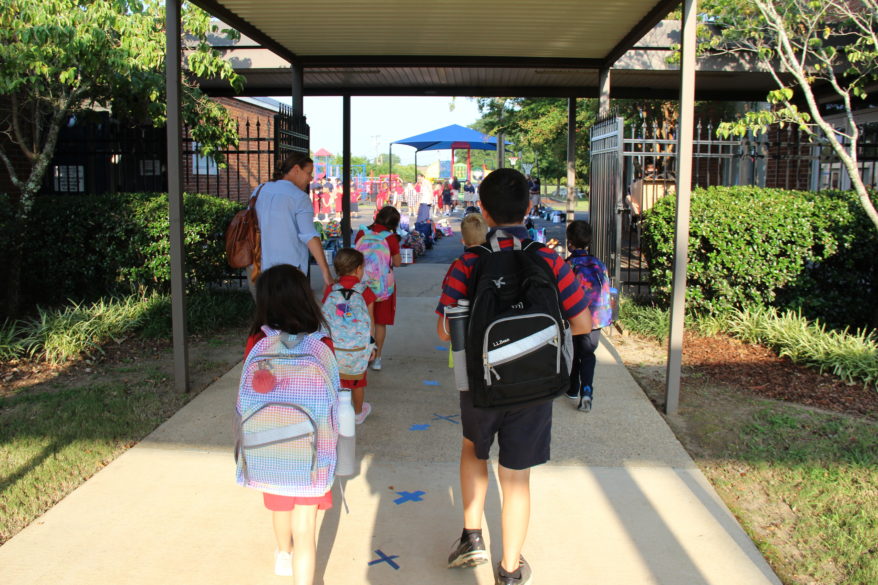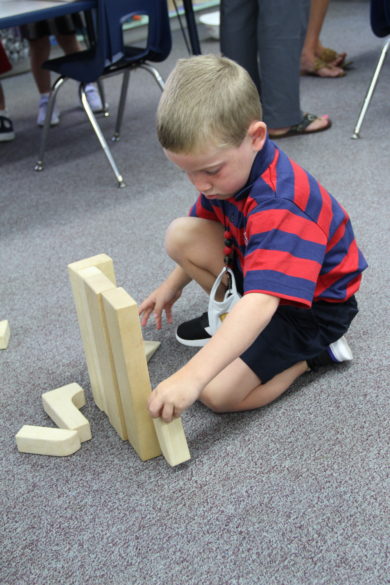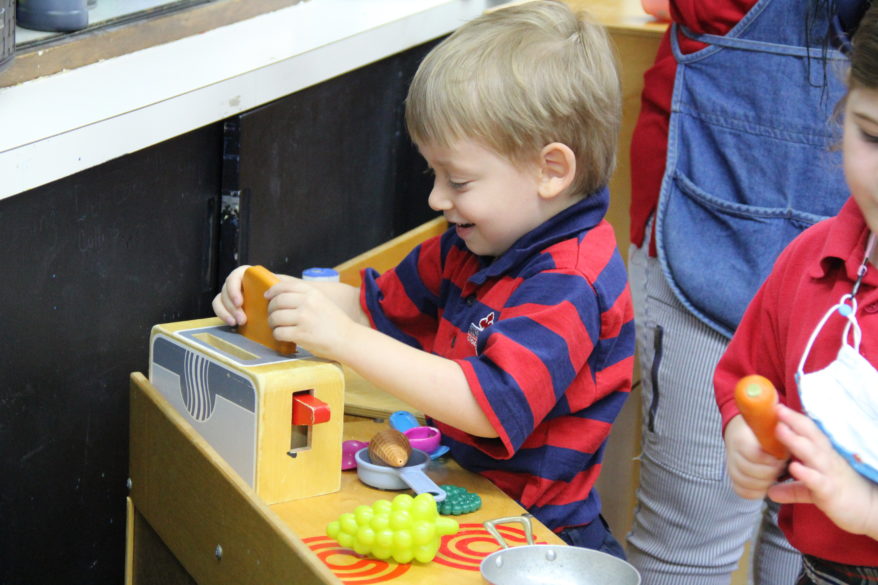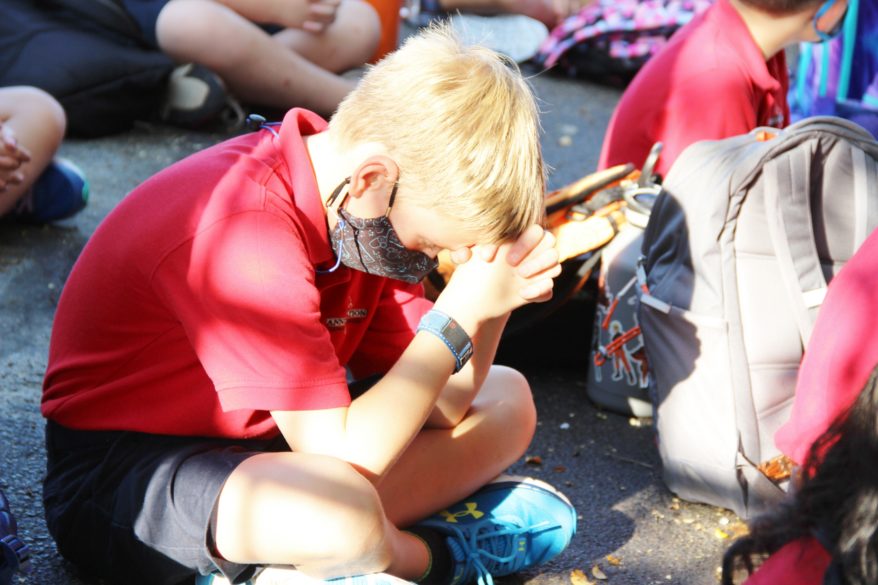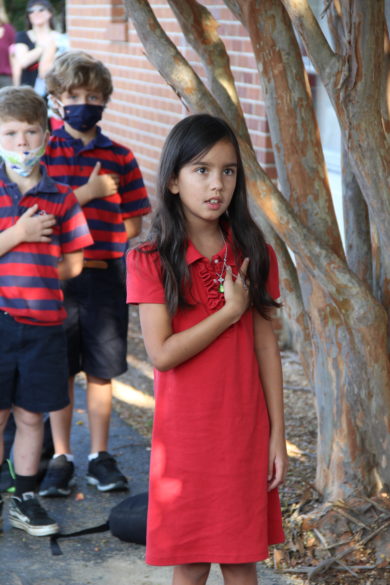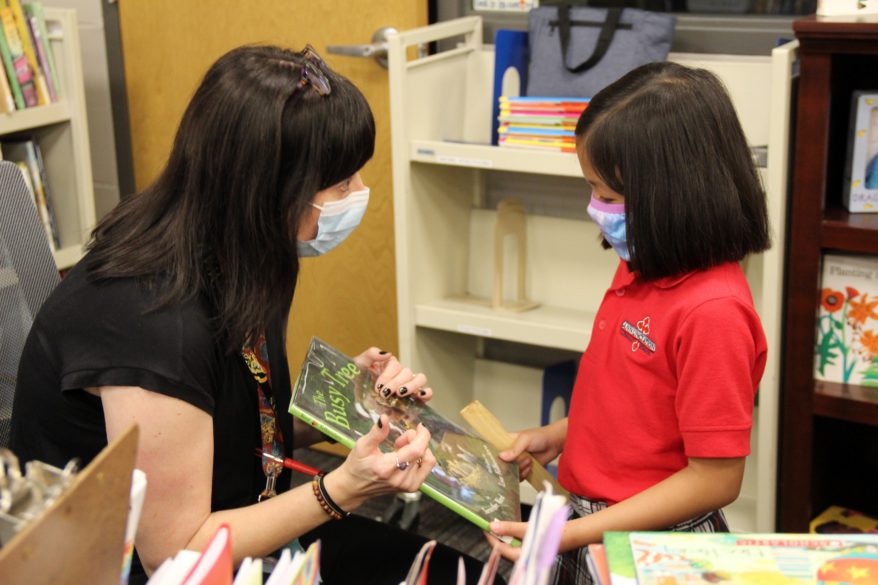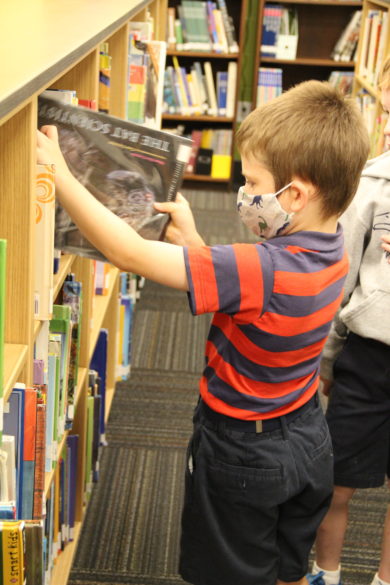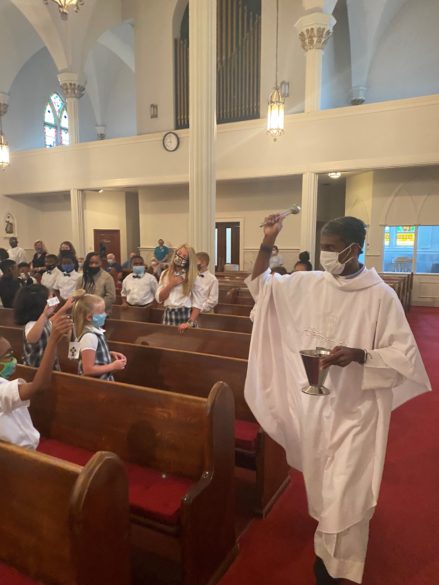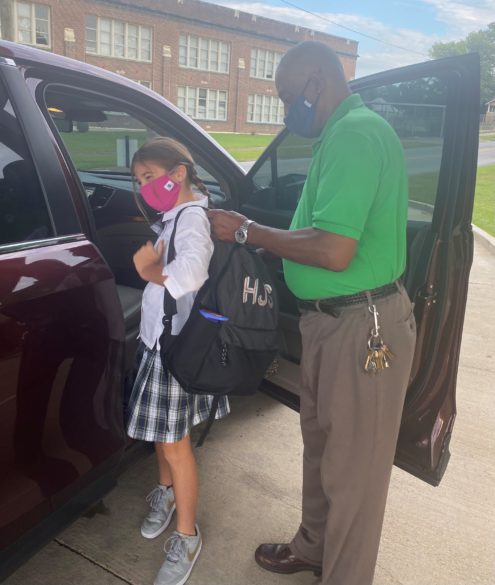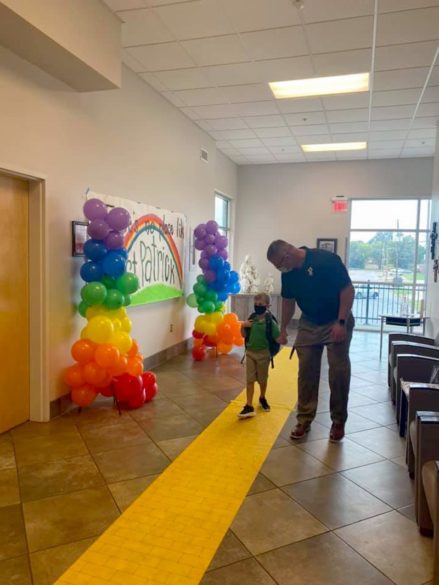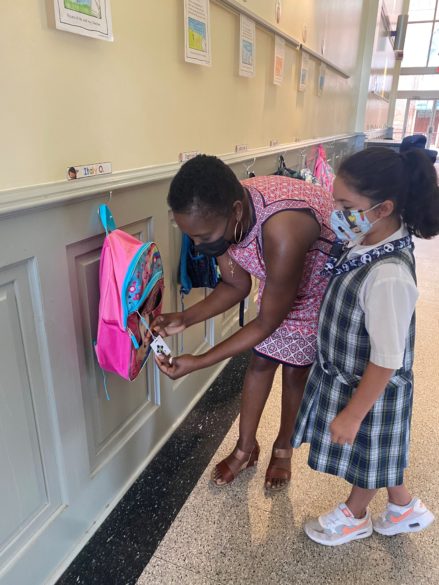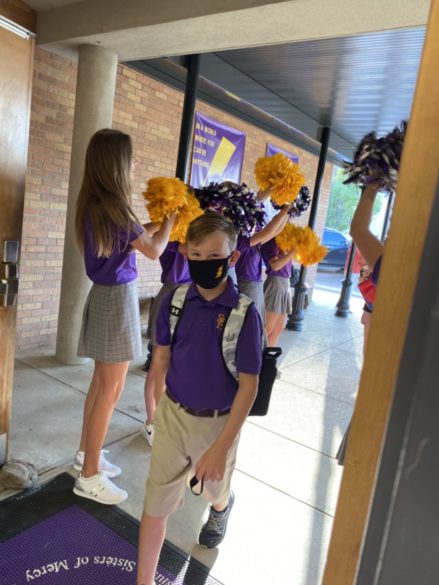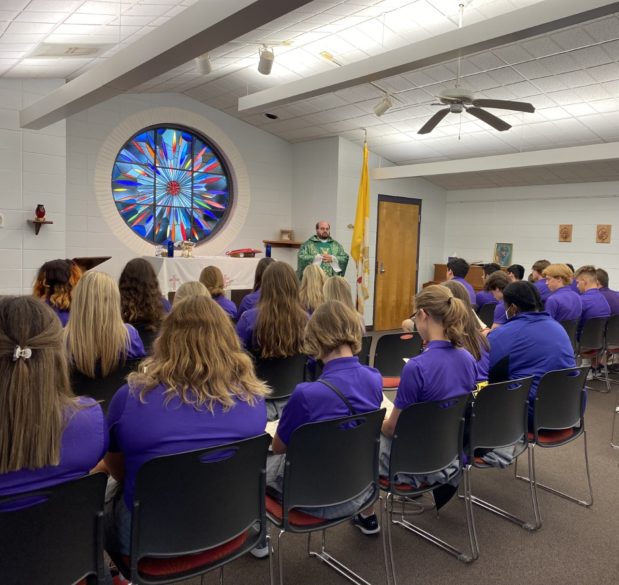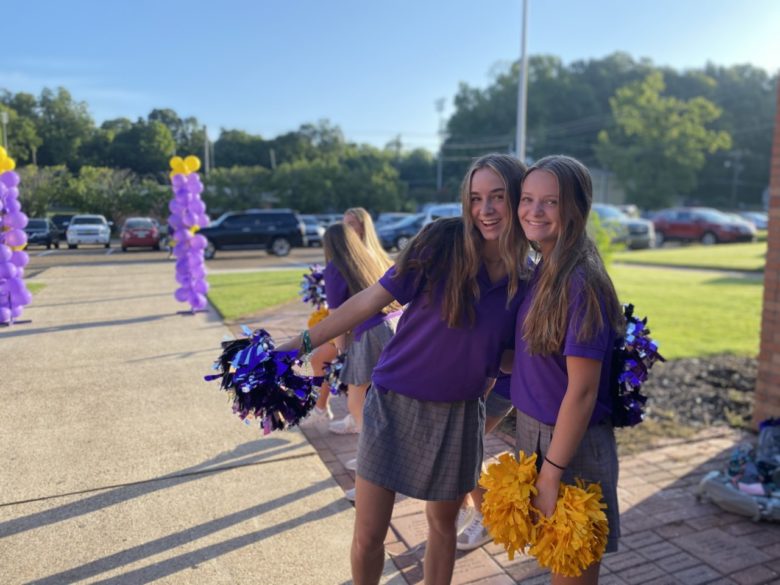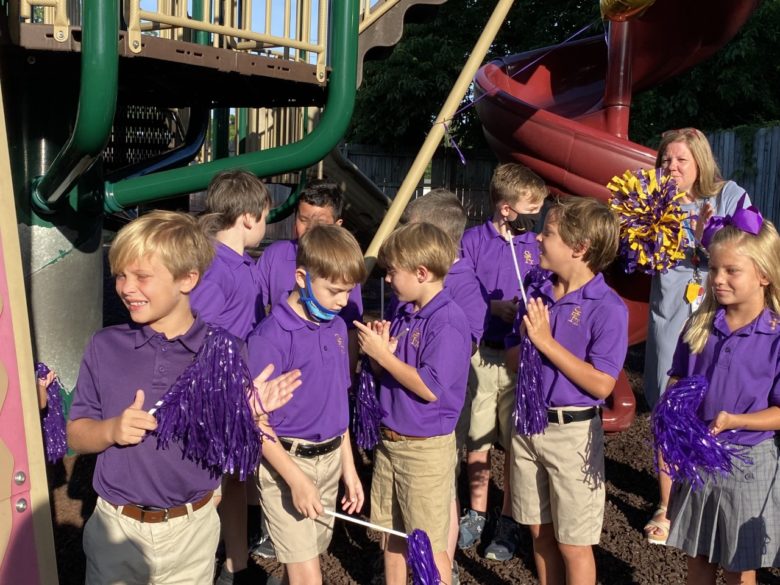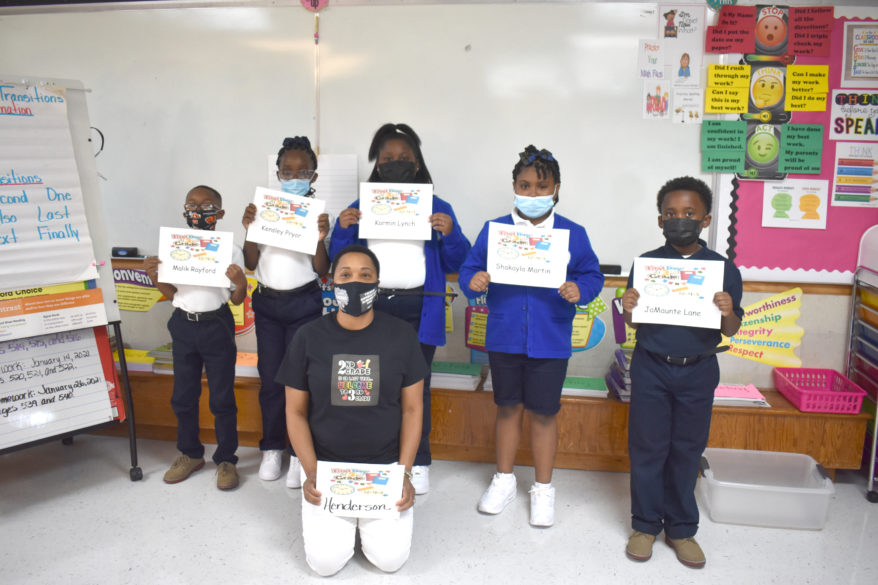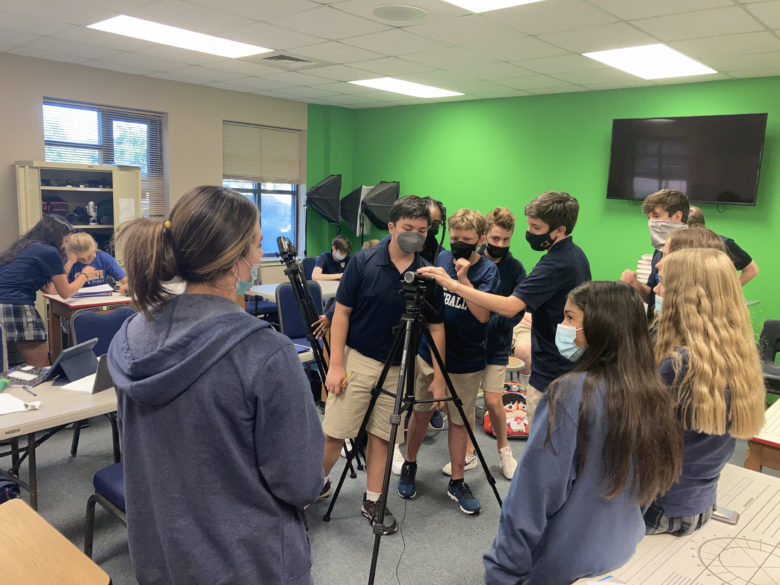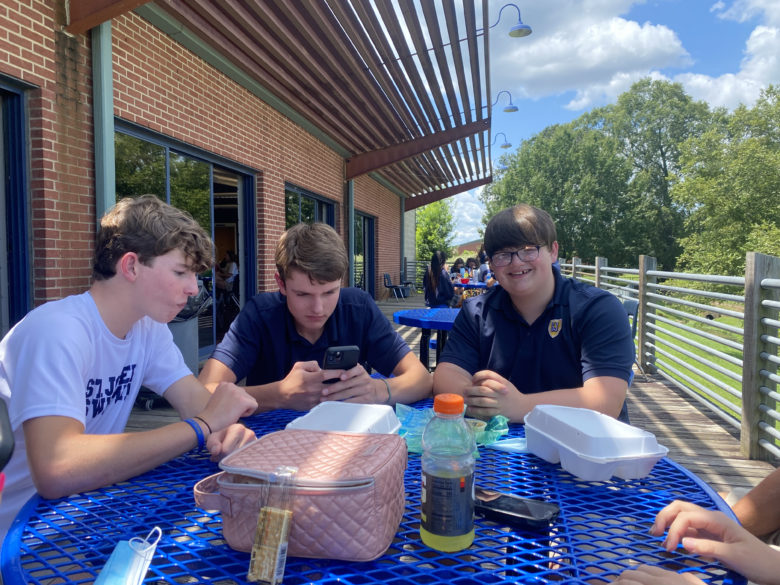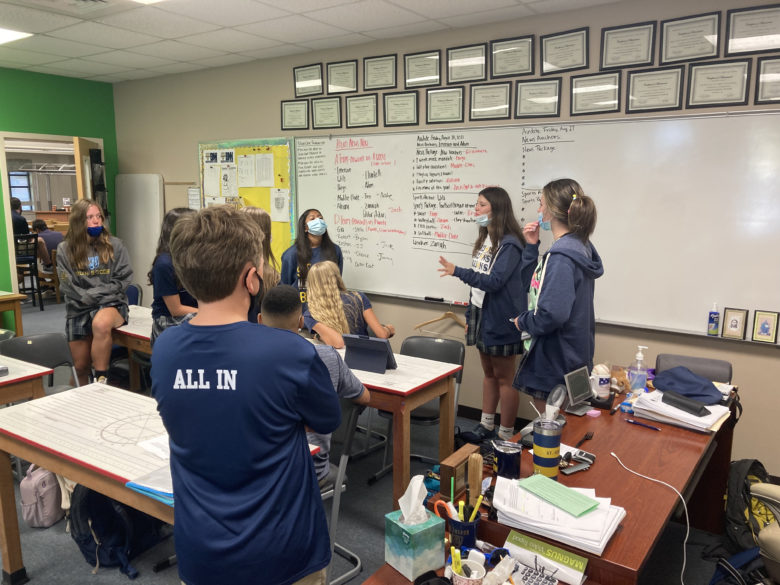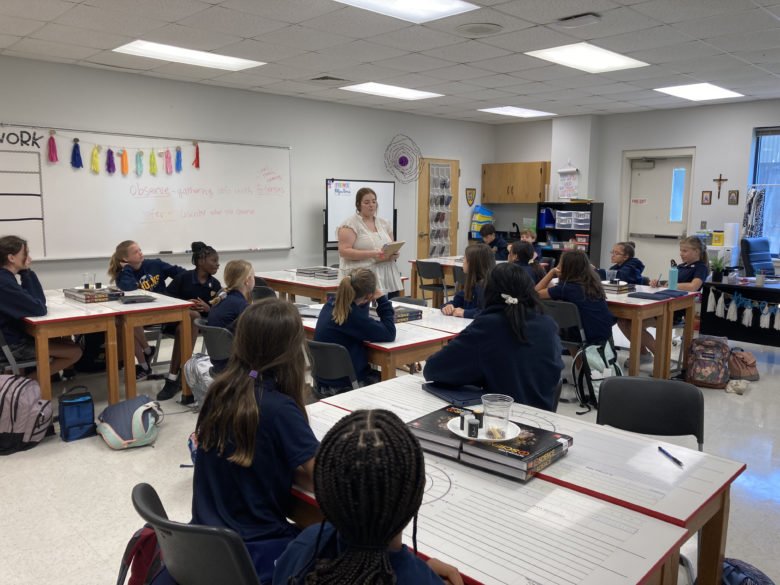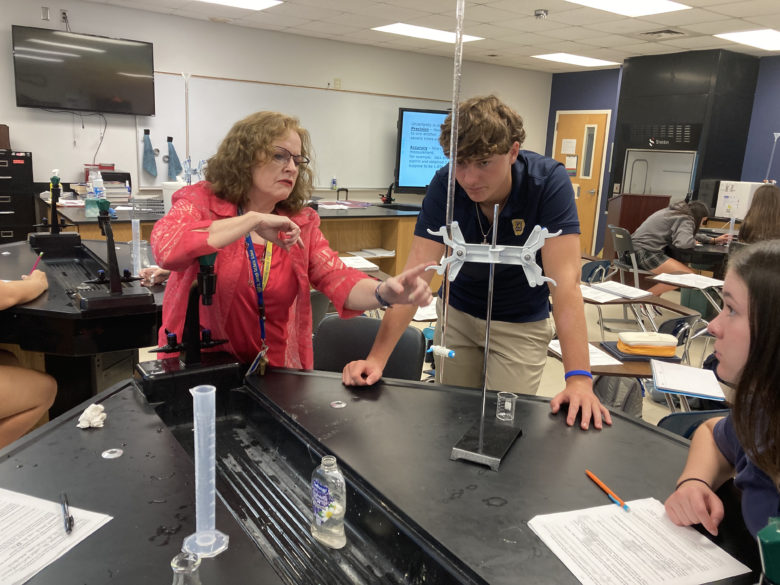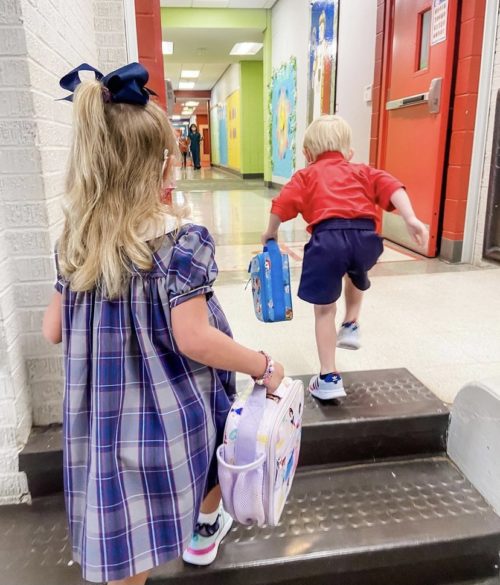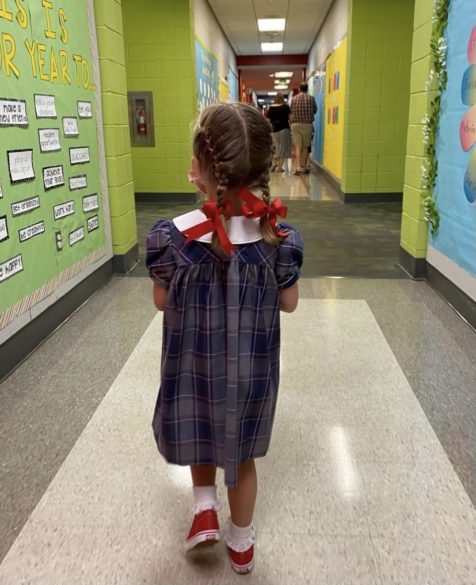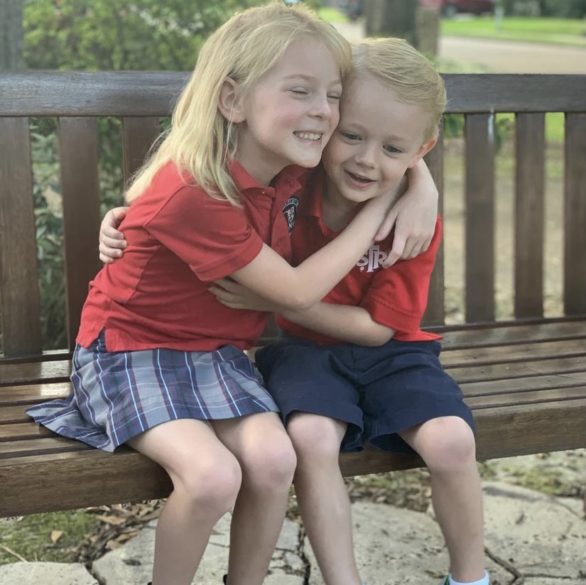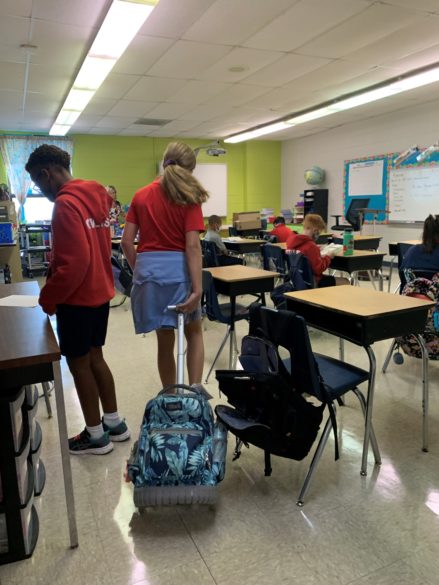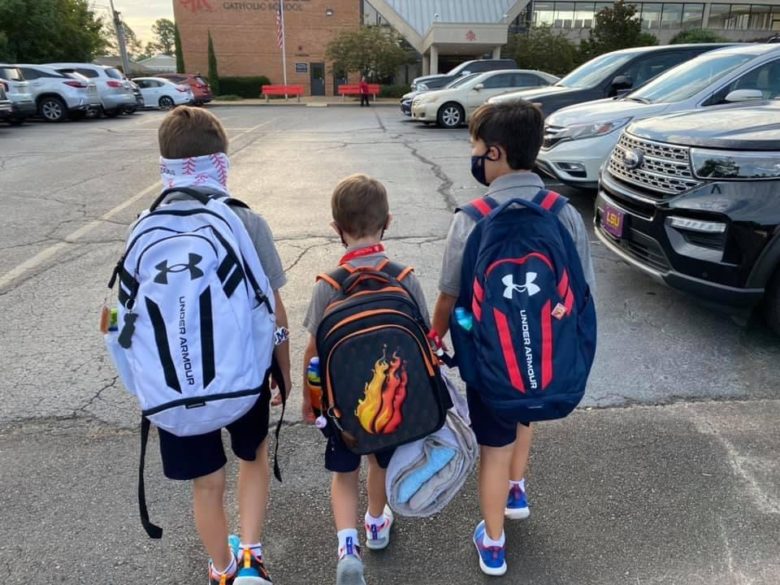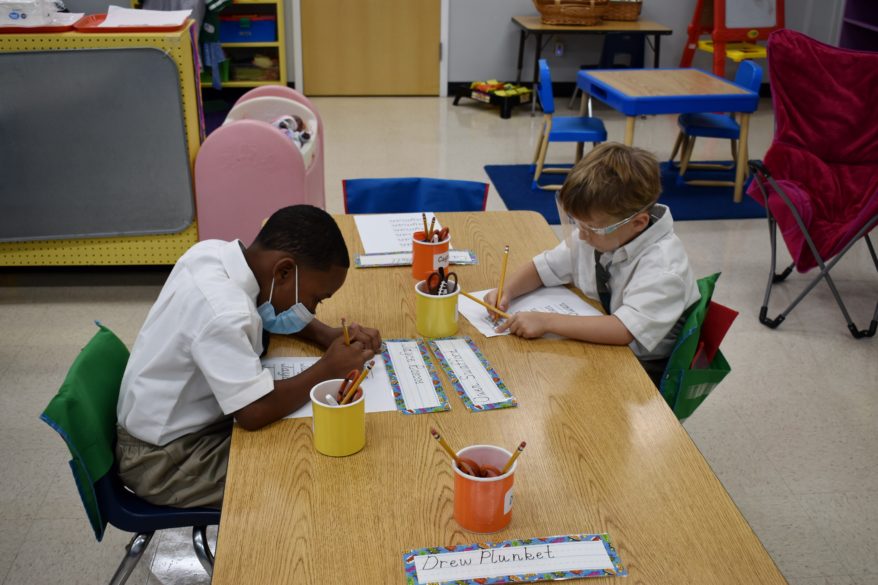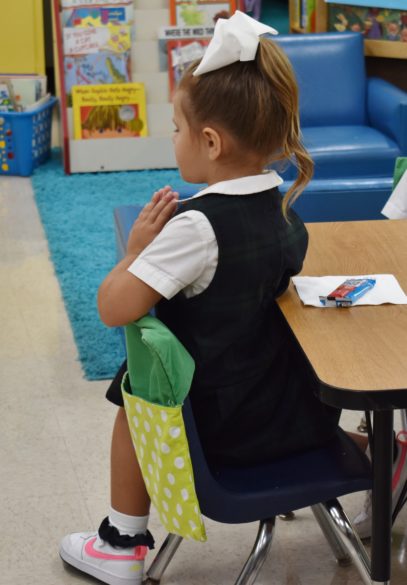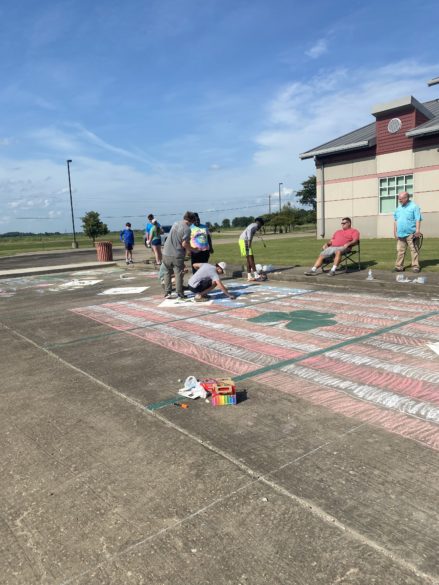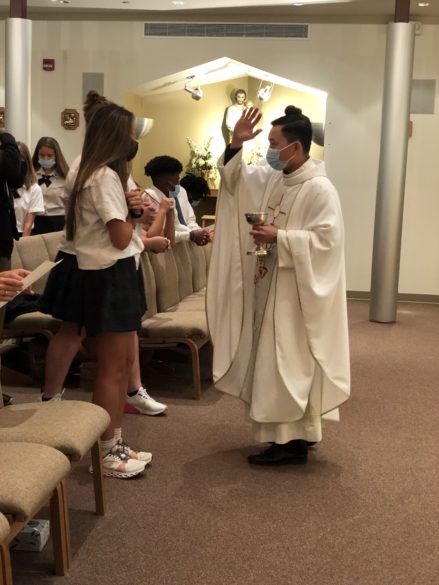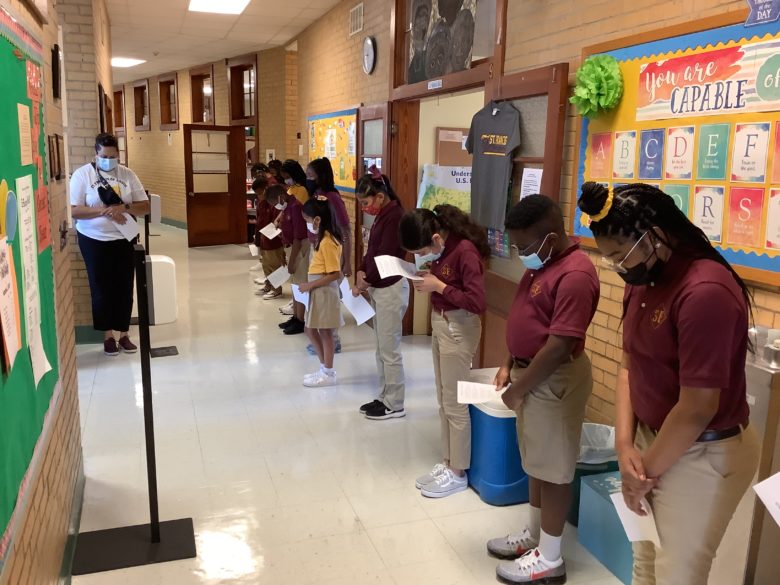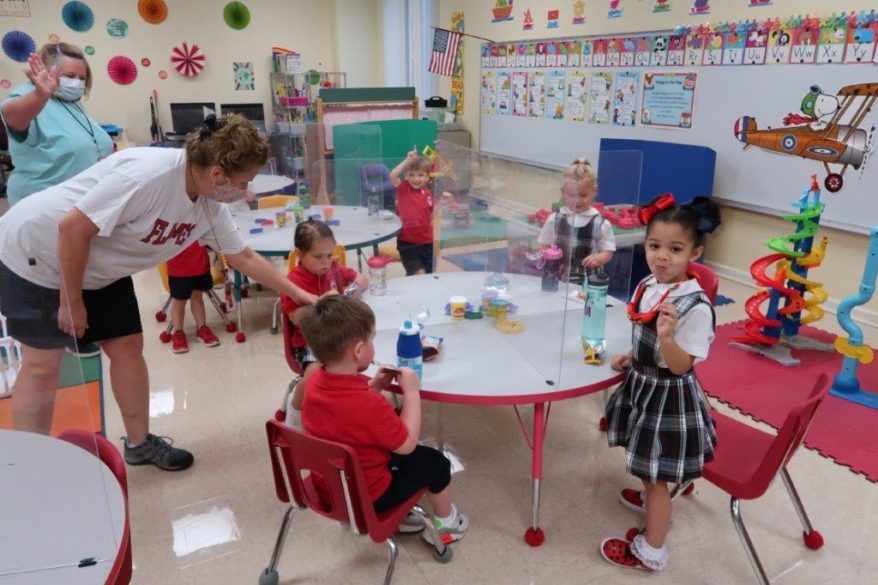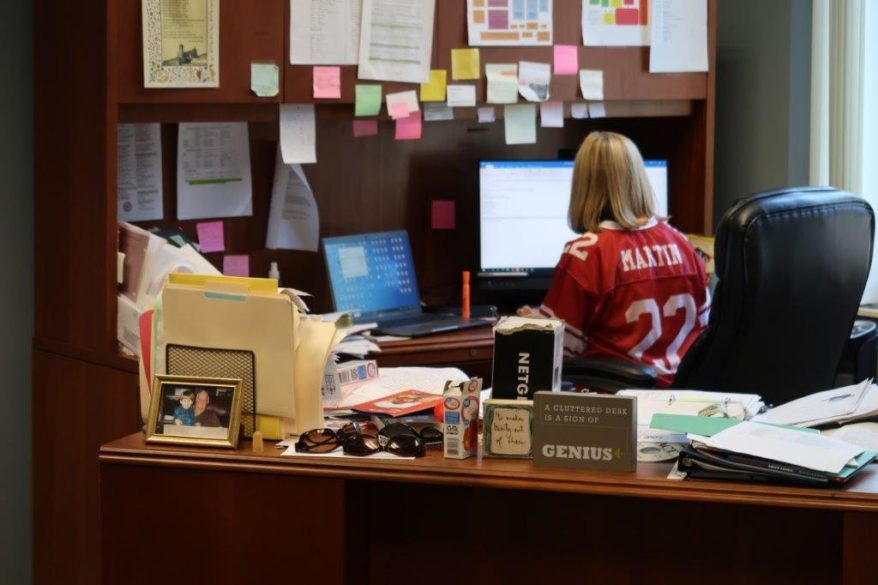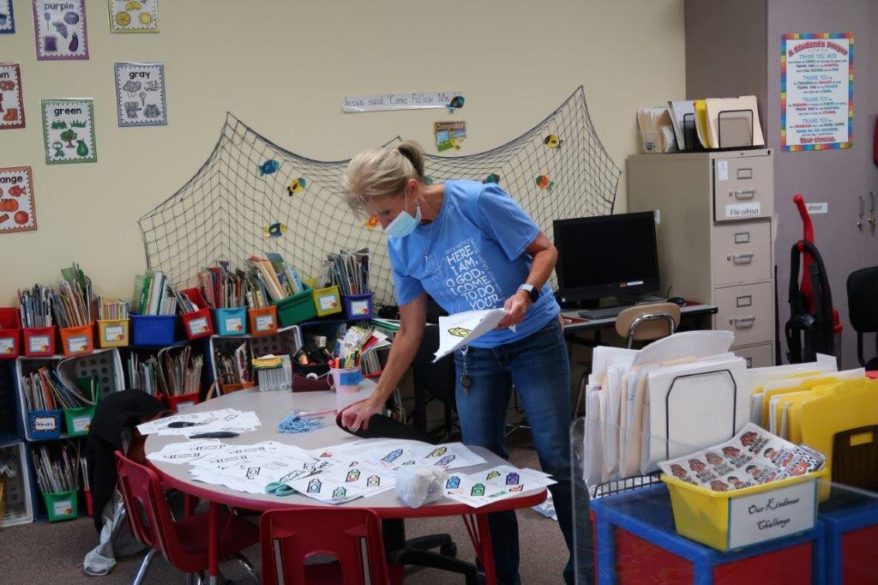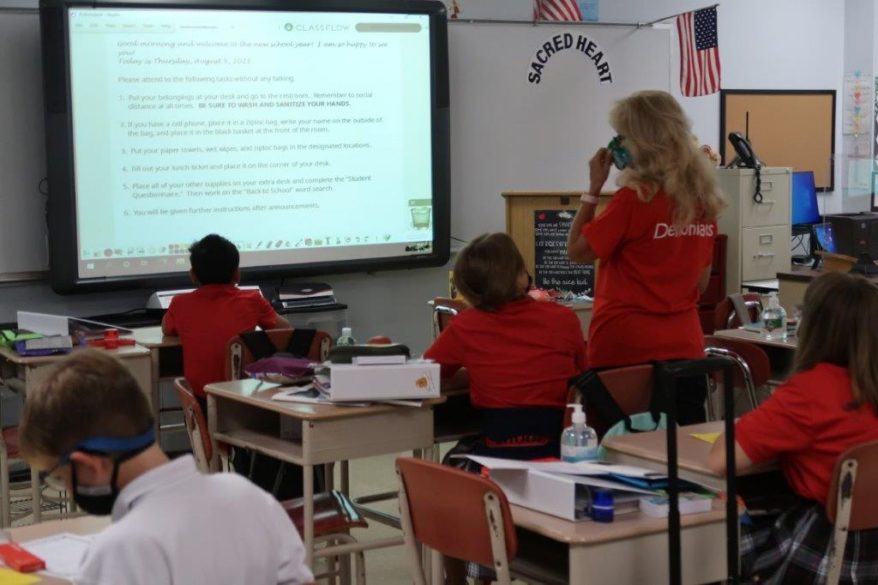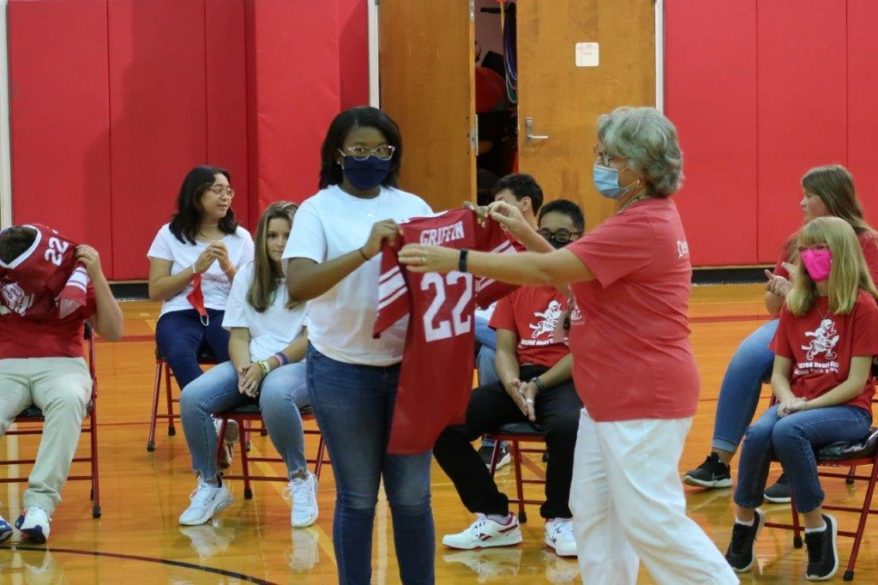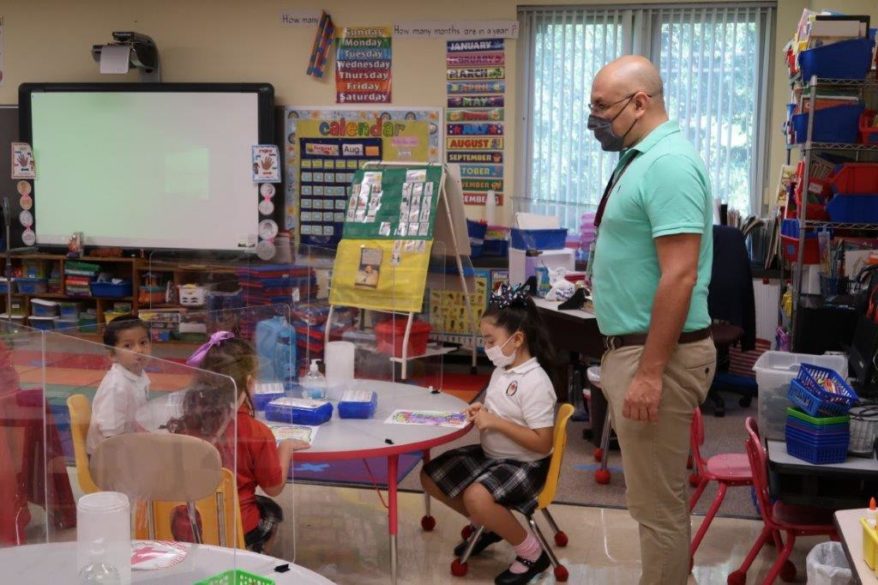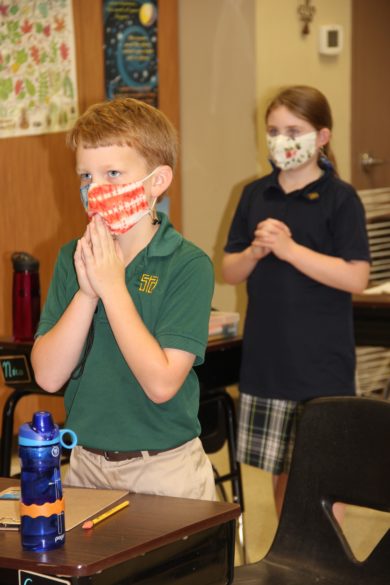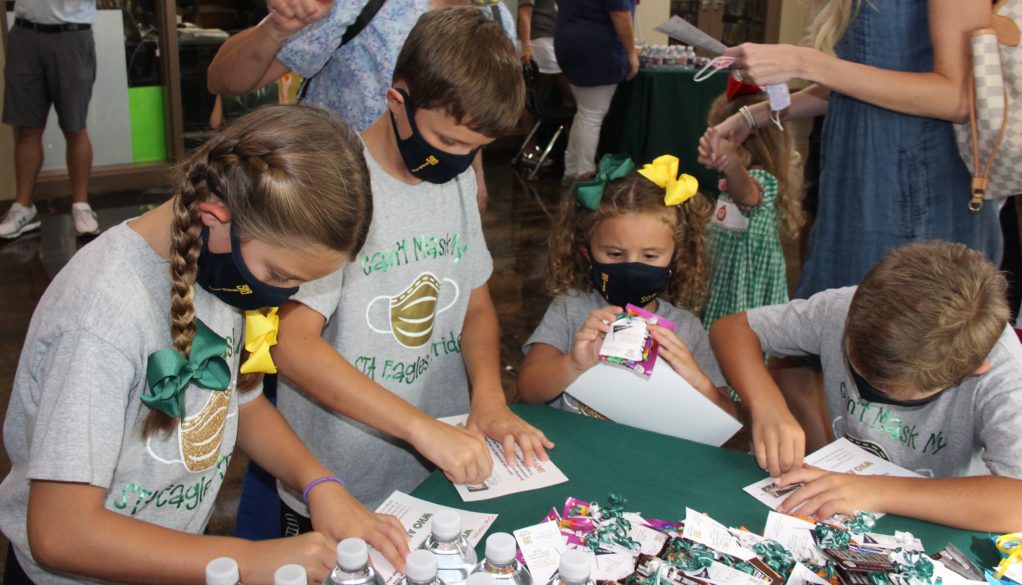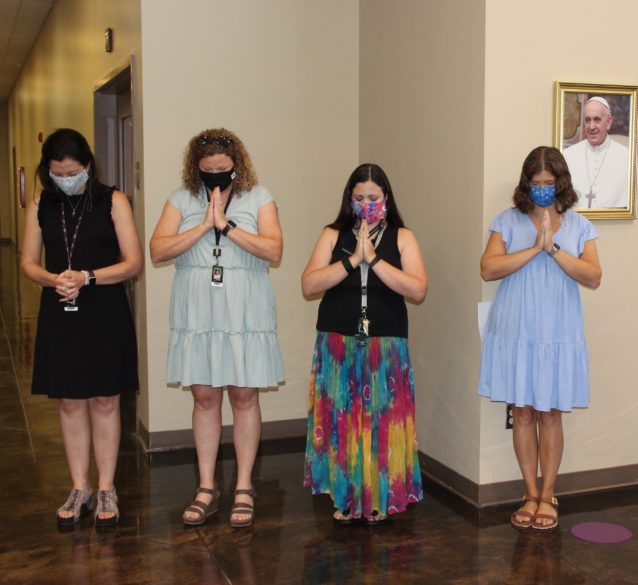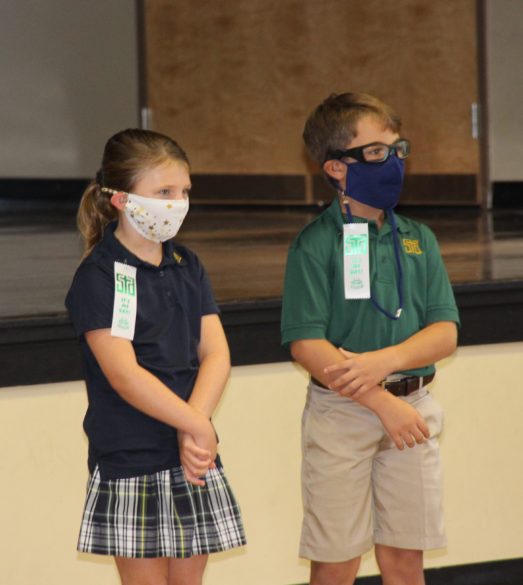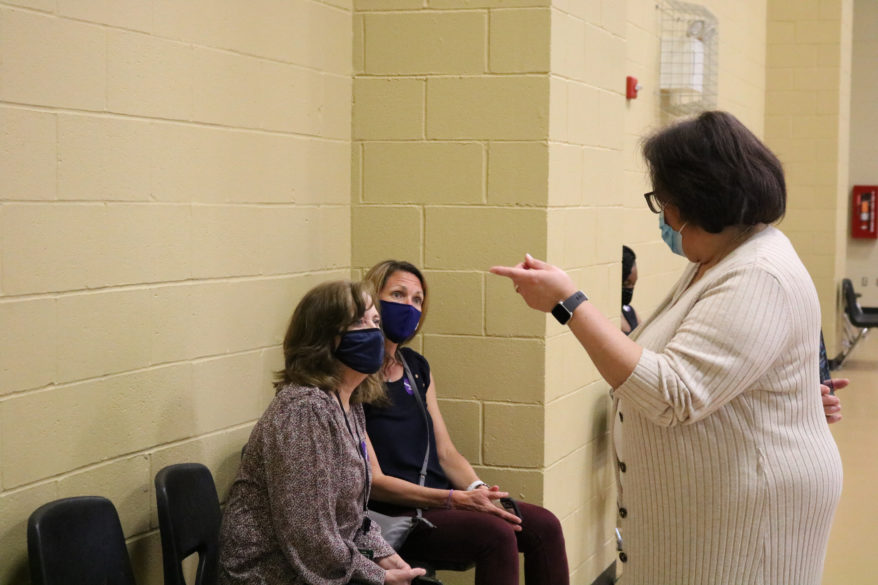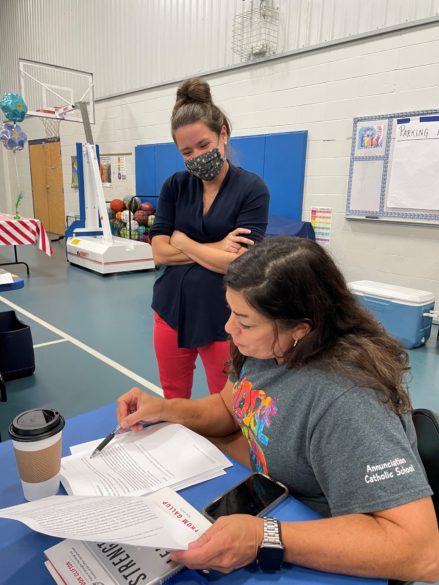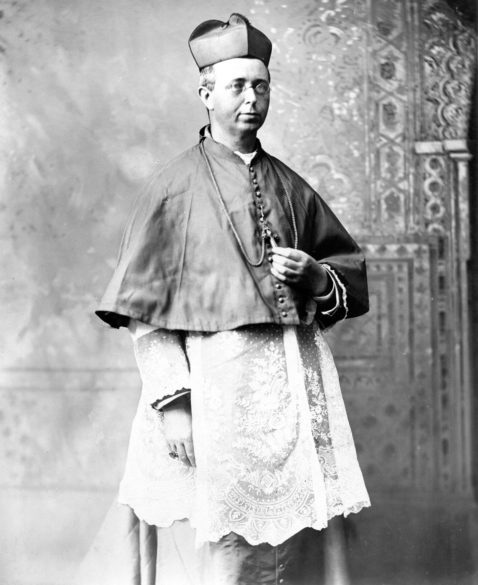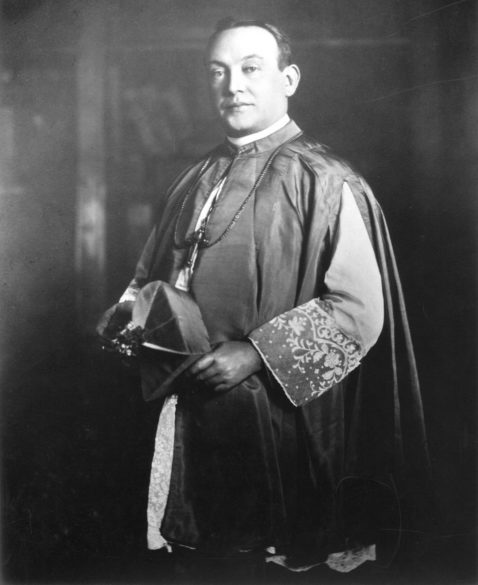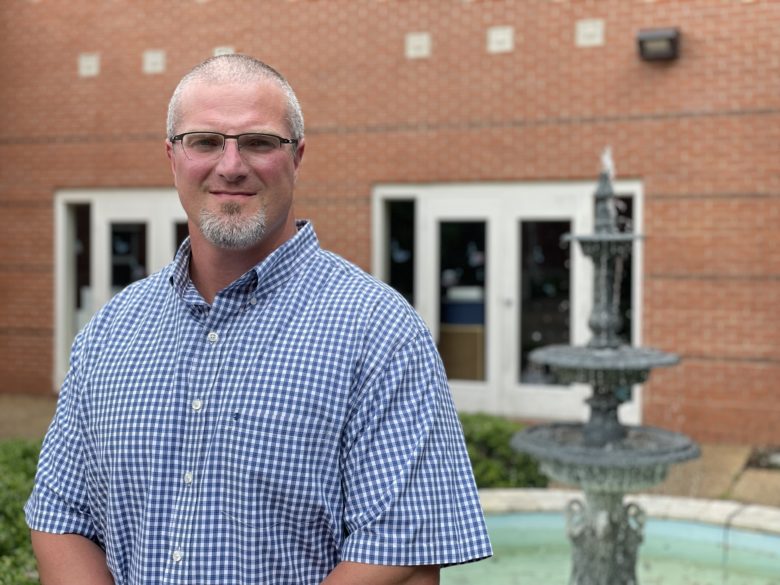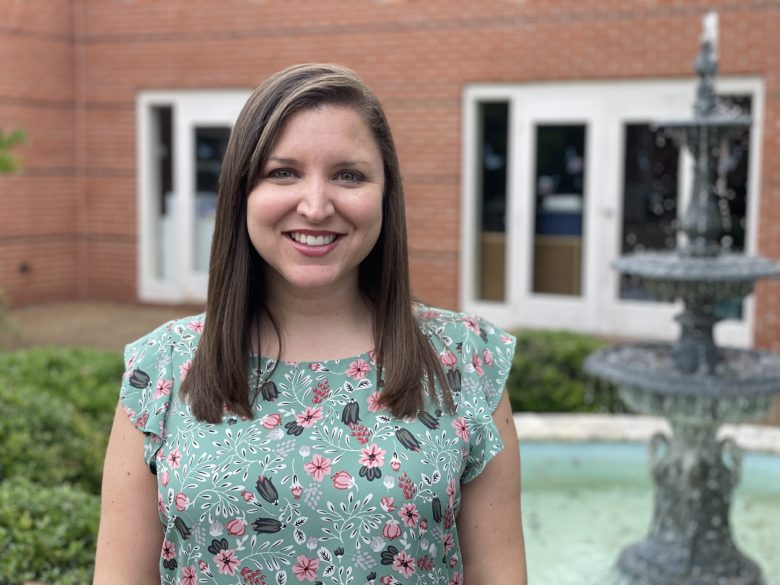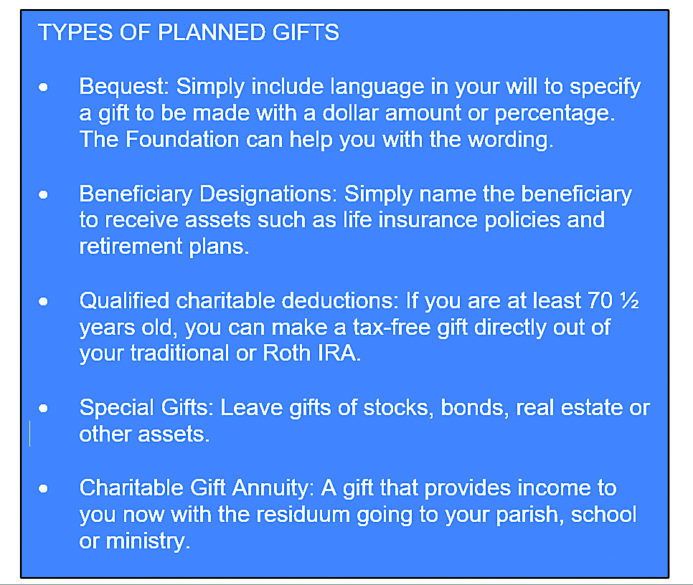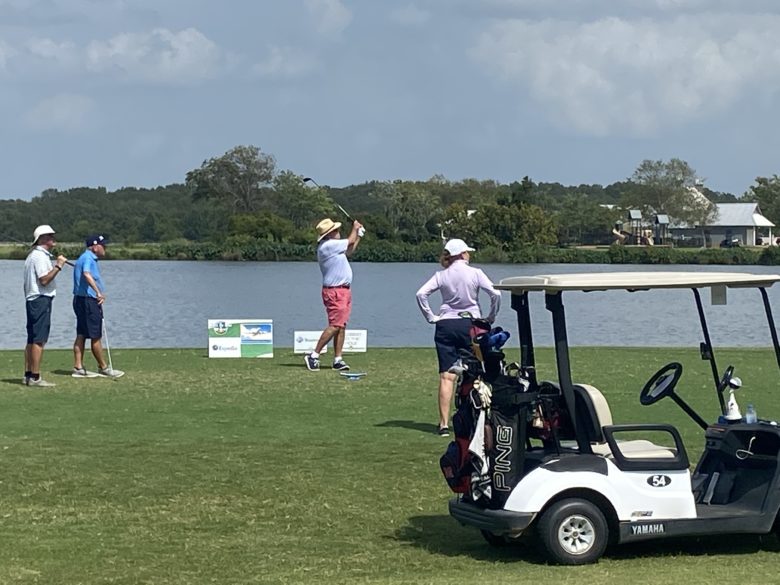Por Extensión Católica
En 1830, los nativos americanos Choctaw firmaron el Tratado de Dancing Rabbit Creek, que inició su expulsión de Mississippi y el traicionero viaje a Oklahoma por el infame Trail of Tears.
Sin embargo, muchos choctaw se negaron a abandonar su tierra ancestral. Aquellos que optaron por quedarse tuvieron que volverse invisibles para sobrevivir, escondiéndose en pantanos y trabajando como aparceros. En 1884 se envió un sacerdote católico para ver qué se podía hacer para ministrar a los Choctaw, y se estableció la Misión India del Santo Rosario.

Catholic Extension ha apoyado a Holy Rosary Indian Mission desde 1926. Esto incluye ayudar a construir y reparar dos de sus tres iglesias misioneras: Holy Rosary en Tucker en 1969 y St. Therese en Filadelfia en 1972. Entre Holy Rosary, St. Therese y St. Catherine en Conehatta, esta comunidad de fe en la Diócesis de Jackson se extiende por 87 millas.
Durante 31 años combinados, un sacerdote misionero ha estado ayudando a los Choctaw a acercarse más a Dios en un lugar donde Él está siempre tan presente. El padre Bob Goodyear, S.T., quien se sintió atraído como estudiante de primer año de secundaria por los Siervos Misioneros de la Santísima Trinidad, realmente ha respondido al carisma de la congregación religiosa para trabajar por la “ preservación de la fe entre los pobres y abandonados ” en su ministerio.
En 1830, los nativos americanos Choctaw firmaron el Tratado de Dancing Rabbit Creek, que inició su expulsión de Mississippi y el traicionero viaje a Oklahoma por el infame Trail of Tears. Sin embargo, muchos choctaw se negaron a abandonar su tierra ancestral. Aquellos que optaron por quedarse tuvieron que volverse invisibles para sobrevivir, escondiéndose en pantanos y trabajando como aparceros. En 1884 se envió un sacerdote católico para ver qué se podía hacer para ministrar a los Choctaw, y se estableció la Misión India del Santo Rosario.
Catholic Extension ha apoyado a Holy Rosary Indian Mission desde 1926. Esto incluye ayudar a construir y reparar dos de sus tres iglesias misioneras: Holy Rosary en Tucker en 1969 y St. Therese en Filadelfia en 1972. Entre Holy Rosary, St. Therese y St. Catherine en Conehatta, esta comunidad de fe en la Diócesis de Jackson se extiende por 87 millas.
Durante 31 años combinados, un sacerdote misionero ha estado ayudando a los Choctaw a acercarse más a Dios en un lugar donde Él está siempre tan presente. El padre Bob Goodyear, S.T., quien se sintió atraído como estudiante de primer año de secundaria por los Siervos Misioneros de la Santísima Trinidad, realmente ha respondido al carisma de la congregación religiosa para trabajar por la “ preservación de la fe entre los pobres y abandonados ” en su ministerio.
“El padre Bob Goodyear tiene tanto éxito en su ministerio porque camina con la gente en cada paso del camino”, dijo el obispo de la Diócesis de Jackson, Joseph R. Kopacz. “El padre Bob se ha mantenido firme en su amor por la gente y en su compromiso de fomentar su fe católica en nuestro amoroso Dios”.
El lenguaje es la puerta del alma
En su formación en el seminario, el padre Goodyear nunca se imaginó sirviendo a una comunidad de nativos americanos. Después de llegar a Holy Rosary Indian Mission en 1975, pasó sus primeros años aprendiendo todo lo que pudo sobre la cultura Choctaw.
Esto incluía el idioma Choctaw, a pesar de que se les dijo que no se molestaran porque los no nativos nunca habían tenido éxito al hacerlo. “Eso es lo incorrecto para decirme”, dijo el padre Goodyear. “Porque ahora voy a intentar”.
Con la ayuda de tres Choctaw, pudo aprender el idioma. Después de ocho años de estudio, su educación alcanzó su culminación: la traducción de la misa católica al idioma choctaw. El 1 de mayo de 1983, el padre Goodyear celebró su primera misa en Choctaw en St. Catherine, con un texto aprobado por el Vaticano.
Durante la homilía, entregó este mensaje inspirador: “El lenguaje es más que palabras y cómo se combinan. El idioma te dice tu historia. Te dice tus sueños “.

